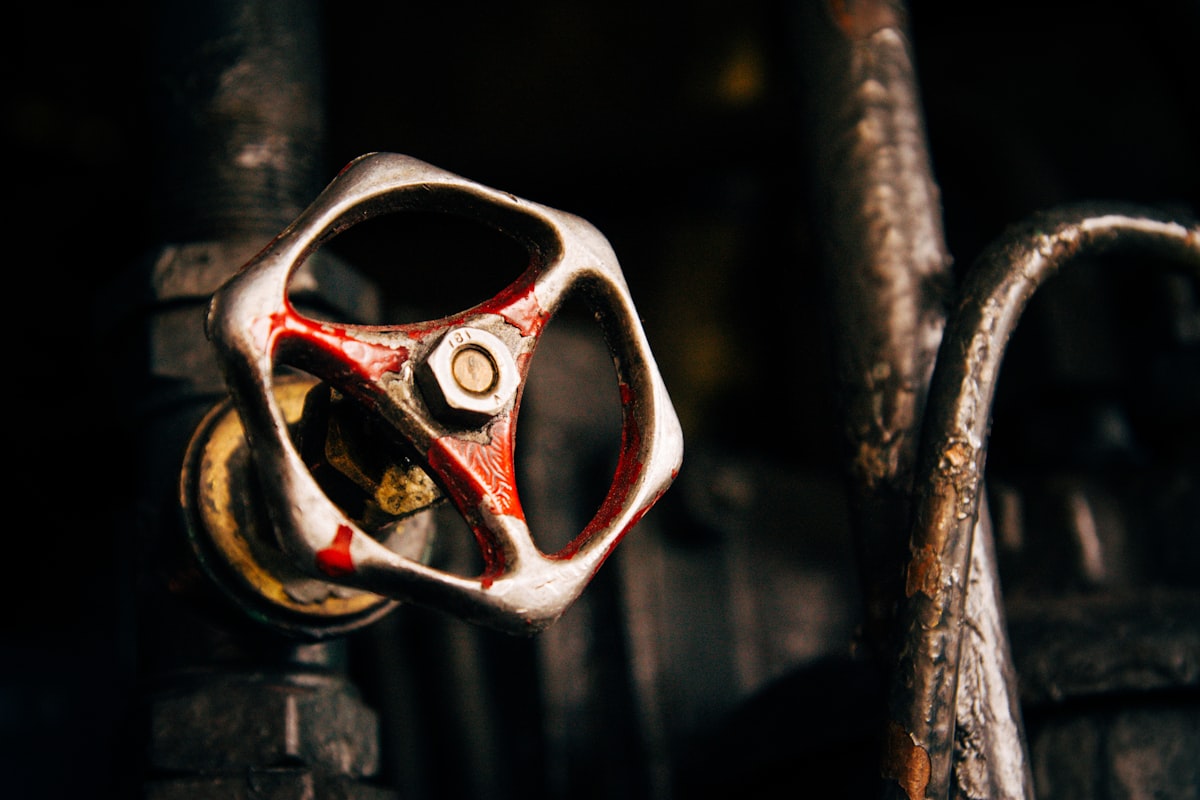🟢 My Big Technology Framework - Part 4. The bottleneck crunch
For the next few weeks, I'm taking up the challenge of explaining all the mechanisms at play that lead a technological invention to become an innovation in the market. Which is probably more difficult than what physicists do when they try to explain the universe : )

This follow-up to last week's discussion about the Romanesco effect concerns how all this suddenly ends up producing not hundreds or thousands of innovations out of an invention but mostly just a few—the big 'crunch' after the expanding cone of incertitude.


The innovation squeeze happens after a while and is usually extremely hard to time. This squeeze ends up leaving in the market only a few (A, B, or C) solid innovations out of dozens of potential ones that both startups and large corporations tried to make stick with customers. Very often, with technology, this squeeze doesn't happen so much because the market has selected what would be the best in a Darwinian way, but this technology will meet a critical limiting factor.




